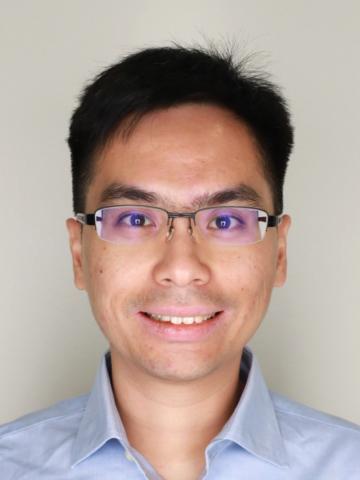MAE Department - PG Seminar - A statistical framework for the turbulent bubble breakup cascade in breaking surface waves
Supporting the below United Nations Sustainable Development Goals:支持以下聯合國可持續發展目標:支持以下联合国可持续发展目标:
Breaking surface waves entrain air into the ocean and produce bubbles of a broad range of sizes. These waves are generated naturally and by seafaring vessels. Air entrainment and bubble generation have considerable impact on the transfer of moisture and air between the ocean and atmosphere, and thus numerous weather and climate processes. A primary mechanism for the generation of bubbles is the turbulent breakup cascade. A necessary condition for the presence of a cascade is locality in the interscale transfer of air from large to small bubble sizes. In other words, the statistics of bubble breakup at intermediate sizes should be largely independent of very large and very small bubbles. In this talk, I discuss the parallels we identified between the turbulent energy and bubble breakup cascades, and how we used them to motivate our technical definition of interscale locality for bubble breakup. Classical turbulence scaling laws are shown to be compatible with the notion of locality via a population balance analysis framework. In addition, I describe how we used ensembles of numerical simulations with structure-tracking algorithms to establish the presence of locality throughout the unsteady wave-breaking process. The proposed theoretical framework and numerical algorithms form a toolkit for detailed analysis of two-phase simulations and potentially general flow computations. In addition, locality in the mass transfer dynamics simplifies the development of subgrid-scale models for cost-effective large-eddy simulation of turbulent breakup in two-phase flows.

Ronald received his B.S. in Engineering with a minor in Energy Studies from the Massachusetts Institute of Technology in 2014, and his M.S. and Ph.D. in Mechanical Engineering from Stanford University in 2017 and 2021, respectively, where he investigated the turbulent bubble breakup cascade in oceanic breaking waves. His research interests are in developing physics-based models to accelerate scientific computing of energetic flows with multiphysics. Now with the Nonequilibrium Gas and Plasma Dynamics Laboratory at the University of Colorado, Ronald is working on simulations of electrosprays and pulsed plasmas for space propulsion and materials processing. He is also affiliated with the Agency for Science, Technology and Research in Singapore.